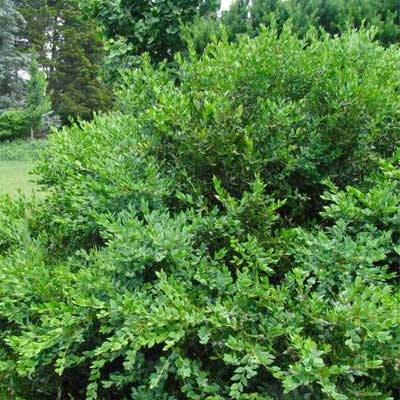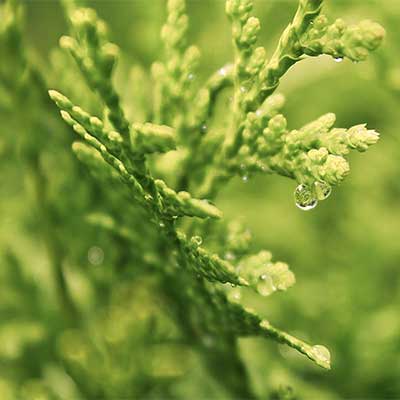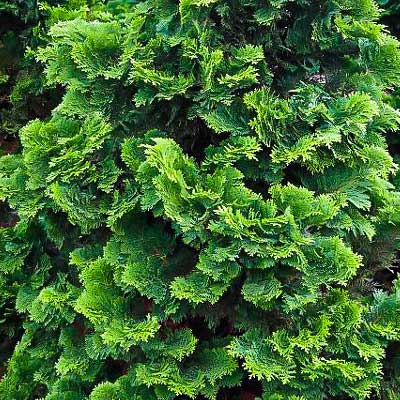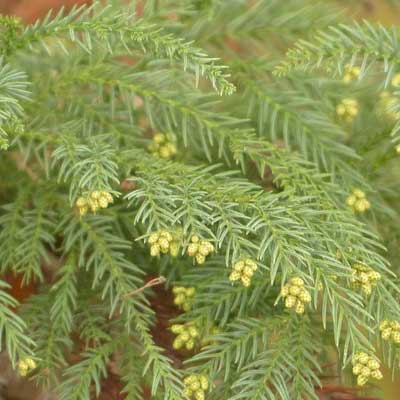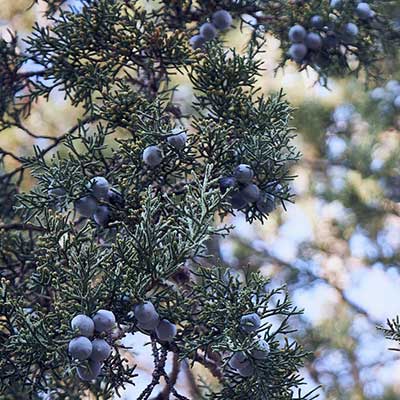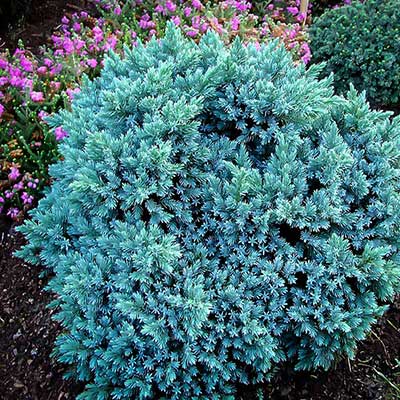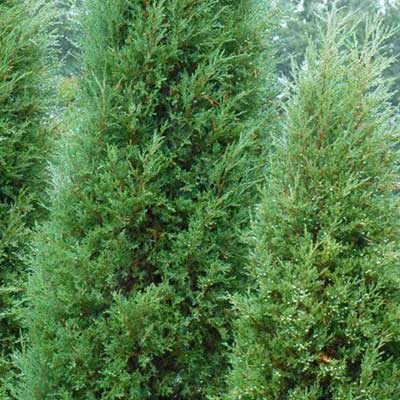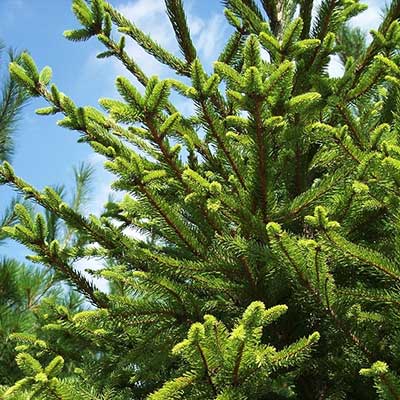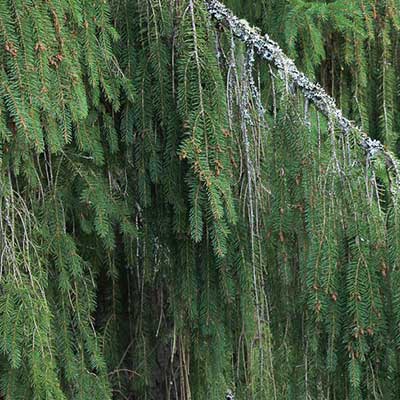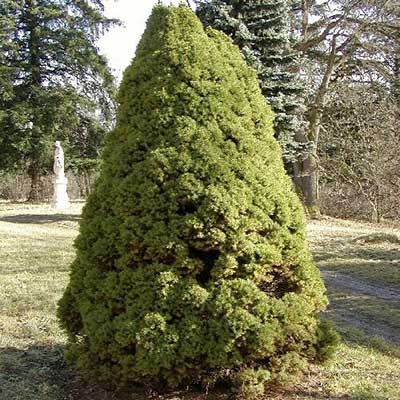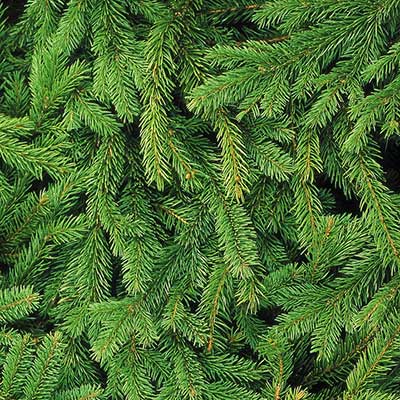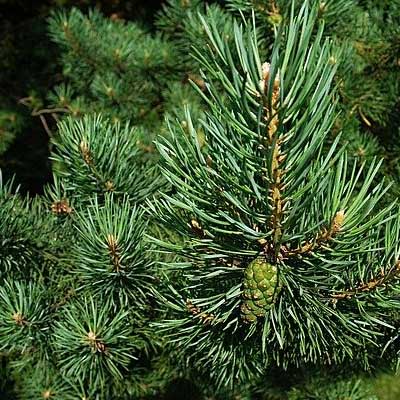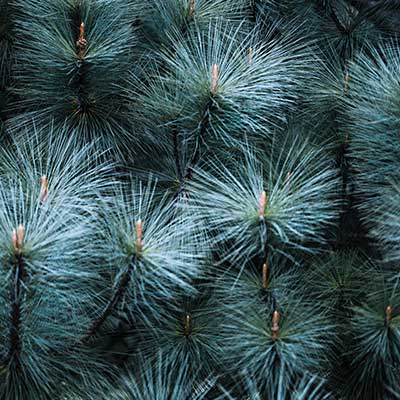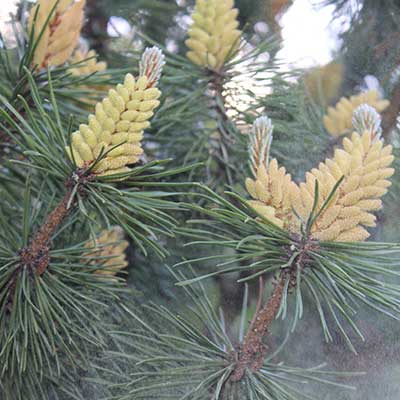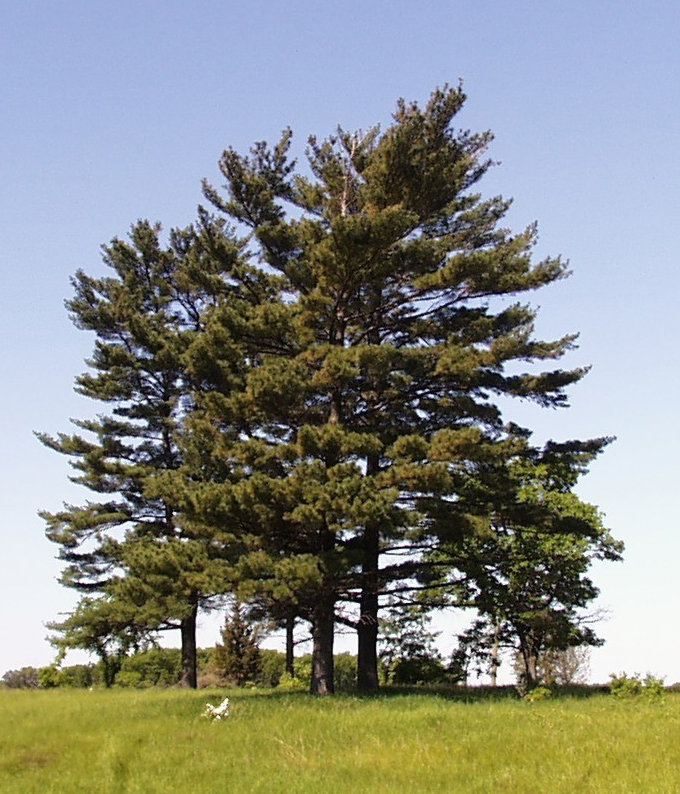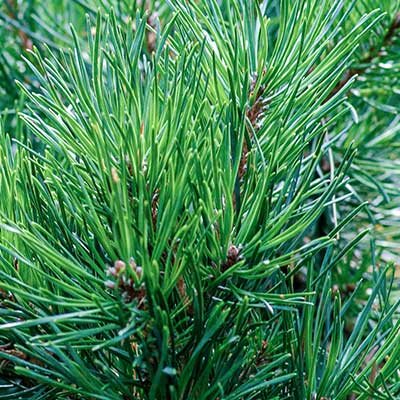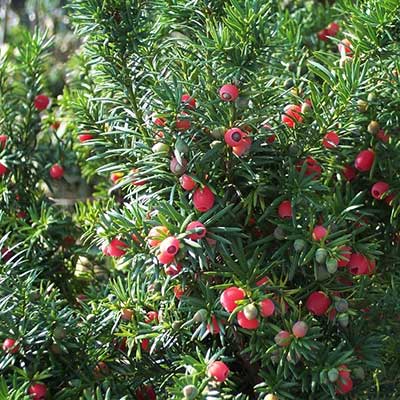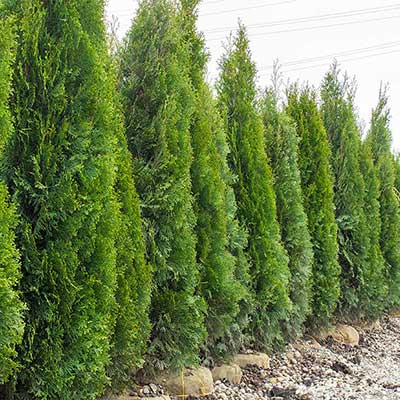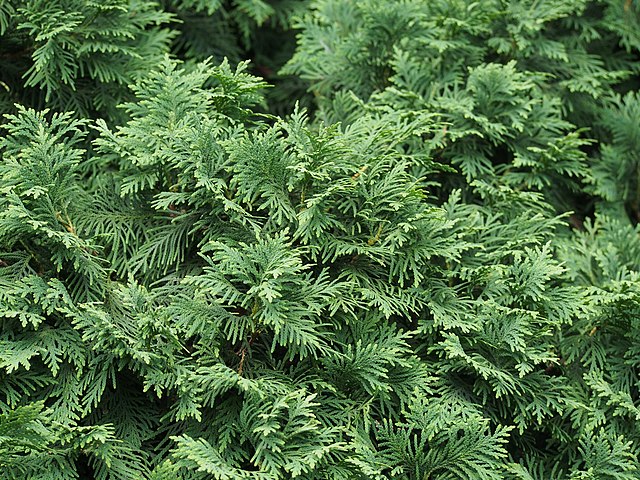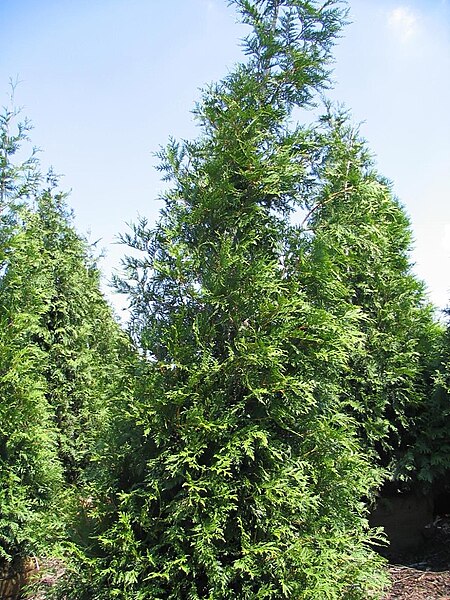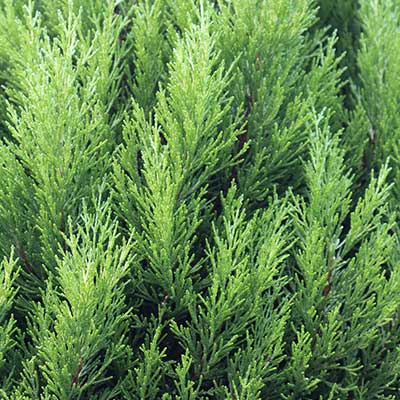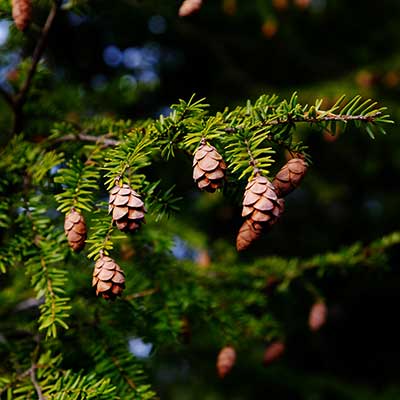evergreens
Our evergreens are for all 4 seasons
Season opens from mid April – some evergreen varieties listed here might not be available when you visit the nursery.
We offer a delivery and planting service for trees and evergreens – Contact Us for details.
To easily navigate this page: click on a common name below for direct scrolling.
buxus
Boxwood
The boxwood that we know are mainly evergreen shrubs. They are typically pruned into hedge shapes, but they don’t have to be.
Height: 4′ – 6′ (dwarf varieties are smaller)
Width: 3′ – 4′
Watering and soil: Moist, well drained soil is essential. Avoid planting them in constantly wet and water logged soil – they will suffer root rot.
Exposure: Full sun is best.
chamaecyparis obtusa ‘aurea’
Golden Hinoki Cypress
A distinctive feature of this Hinoki is the golden needle tips and darker green inner foliage. The attractive bark develops a reddish-brown texture with age. These cypress evergreens have an upright conifer form growing to about 12 feet at maturity.
Height:10′ – 15′
Width: 5′ – 8′
Watering and soil: Moist, well drained soil especially during establishment. Mature plants are drought tolerant. Apply a balanced evergreen fertilizer in spring.
Exposure: Morning sun with afternoon shade in summer is best.
chamaecyparis obtusa ‘compacta’
Compact Hinoki Cypress
These Hinoki evergreens have a dense, compact rounded conical form. The dense foliage is rich green and needs no trimming. It’s a very utilitarian evergreen and looks good planted in the middle of beds, as borders or specimens, or blended with other evergreens.
Height: 6′ – 8′
Width: 4′ – 6′
Watering and soil: Moist, well drained soil especially during establishment.
Plant in a well-drained rich soil environment. It will not do well in poorly drained wet soil. Avoid boggy and low-lying spots.
Apply a balanced evergreen fertilizer in spring.
Exposure: Morning sun with afternoon shade in summer is best.
chamaecyparis obtusa ‘nana gracilis’
Nana Gracilis Hinoki Cypress
This variety is very popular dwarf Hinoki conifer. It’s a slow grower (3 to 6 inches a year) with lush, dark green foliage. Its form will become broadly conical overtime. A great choice for sunny borders, rock gardens and containers. These evergreens are a low maintenance and no pruning is required.
Height: 3′ – 6′
Width: 2′ – 4′
Watering and soil: Moist, well drained soil especially during establishment. Plant in a well-drained rich soil environment. It will not do well in poorly drained wet soil. Avoid boggy and low-lying spots.
Apply a balanced evergreen fertilizer in spring.
Exposure: Morning sun with afternoon shade in summer is best.
cryptomeria japonica yoshino
Yoshino Japanese Cedar
These graceful evergreens are strong fast growers, providing a tall dense screen. Perfect to provide privacy along garden edges. It grows to a tall pyramidal shape. It tolerates many different soil types in sun and shade.
It’s a maintenance free plant requiring little to no pruning.
Height: 30′ – 45′
Width: 15′ – 20′
Watering and soil: Moist to establish. Tolerates many soil types and is broadly adaptable.
Apply a balanced evergreen fertilizer in spring.
Exposure: Full sun to partial shade.
Juniperus scopulorum ‘Tolleson Weeping’
Weeping Juniper Tolleson
These evergreens are unusual accent shrubs with pendulous branches and soft textured bluish green foliage which droop from the branches. Their multi-stemmed graceful weeping branches certainly make them a landscape feature. They have a distinctive bark and produce silvery blue berries. They are low maintenance and require little pruning, which is best done in late winter.
It’s a maintenance free plant requiring little to no pruning.
Height: 12′ – 15′
Width: 10′ – 12′
Watering and soil: Moist well drained soil to establish. Tolerates dry soil and must not get waterlogged.
Exposure: Full sun.
Juniperus squamata ‘Blue Star’
Blue Star Juniper
This ball shaped juniper has dense, silvery blue foliage. These small evergreens add interest for general garden use and look good in rock gardens too. They are full sunlight plants requiring little maintenance but must not sit in wet, saturated soil.
Requires little pruning, which is best done in late winter.
Height: 2′ – 3′
Width: 3′ – 4′
Watering and soil: Moist to establish.
Apply a balanced evergreen fertilizer in spring though not really needed.
Exposure: Full sun.
Juniperus virginiana ‘Taylor’
Red Cedar Juniper
If you are looking for thin formal design evergreens, these are perfect. They are also attractive as standalone specimens and make an impact for screening use with mass planting. They have grayish green foliage and require little maintenance.
Requires little pruning, which is best done in late winter.
Height: 16′ – 18′
Width: 3′ – 4′
Watering and soil: Moist to establish.
Apply a balanced evergreen fertilizer in spring though not really needed.
Exposure: Full sun.
Picea abies
Norway Spruce
Norway spruce has an extensive and shallow spreading root system, so it is not advisable to plant other shrubs under its drip line. They are easy to grow and require at least six hours of sun per day. After the tree is established, regular watering is not required.
Height: 50′ – 75′
Width: 30′ – 50′
Watering and soil: Moist to establish. Use well drained soil. Low maintenance. Avoid standing water.
Apply a balanced fertilizer for evergreens in spring though not really needed.
Exposure: Full sun.
Picea abies ‘Pendula’
Weeping Norway Spruce
There are two ways you can grow this weeping Norway spruce; It can be staked and strained into an upright specimen, or it can be allowed to grow as a ground cover that drapes over slopes and walls. It all depends how you train the leader. It would need to be staked upright to grow in an upright position. Slow growing, fragrant needles.
Height: 4′ – 15′
Width: 4′ – 15′
Watering and soil: Moist to establish. Use well drained soil. Low maintenance. Avoid standing water.
Apply a balanced fertilizer for evergreens in spring though not really needed.
Exposure: Full sun.
Picea glauca ‘Conica’
Dwarf Alberta Spruce
Dwarf Alberta spruce does best in full sun with an acidic soil. They are slow growers at about two to four inches per year. They have a densely packed growth habit and can be pruned to keep an optimal conical shape. They also perform well in sun containers.
Height: 10′ – 13′
Width: 7′ – 10′
Watering and soil: Moist to establish. Use well drained soil. Low maintenance. Avoid standing water.
Apply a balanced fertilizer for evergreens in spring though not really needed.
Exposure: Full sun.
Picea omorika ‘Pendula’
Weeping Serbian Spruce
The weeping Serbian spruce is a very narrow columnar needled evergreen. It has a strong central leader with weeping cascading branches. With its lush blue green needles, it makes a stunning vertical accent in the landscape. They are very easy to grow and no pruning is required.
Height: 12′ – 15′
Width: 2′ – 3′
Watering and soil: Moist to establish. Use well drained soil. Low maintenance. Avoid standing water.
Apply a balanced fertilizer for evergreens in spring though not really needed.
Exposure: Full sun.
pinus bungeana compacta
Lacebark Pine
The common name lacebark pine refers to the showy white mottled bark as these beautiful evergreens age. These pines have green needles throughout the year – it’s the showy white bark that really adds winter interest. Lacebark is a multi-stemmed tree with an oval form.
Prune the lower branches to expose the bark as it matures.
Height: 30′ – 40′
Width: 15′ – 20′
Watering and soil: Moist to establish. Use well drained dry soil. Low maintenance. Avoid standing water. Apply a balanced evergreen fertilizer in spring though not really needed.
Exposure: Full sun.
pinus parviflora ‘blue angel’
Blue Angel White Pine
A slow growing, small, blue-white pine. Blue Angel has silvery blue green needles and makes a great specimen tree for a small garden or used in a shrub border.
It has a dense habit and requires little maintenance.
Height: 7′ – 8′
Width: 3′ – 4′
Watering and soil: Moist to establish. Water regularly especially in dry hot weather.
Exposure: Full sun.
pinus parviflora ‘cleary’
Japanese White Pine ‘Cleary’
Japanese white pine Cleary is a compact, slow growing variety. It has a narrow conical shape with dark blue-green needles. Small cones ripen brown in fall. After about 10 years you can expect it to grow to a height of about 6 feet.
These evergreens have a dense habit and require little maintenance.
Height: 4′ – 6′
Width: 2′ – 3′
Watering and soil: Moist to establish. Water regularly especially in dry hot weather.
Exposure: Full sun.
pinus strobus
Eastern White Pine
Pinus strobus, commonly known as the eastern white pine, is a large evergreen tree native to eastern North America. It goes by various other names, including northern white pine, white pine, and Weymouth pine (in the United Kingdom).
This majestic tree graces the landscape from Newfoundland, Canada, west through the Great Lakes region to southeastern Manitoba and Minnesota in the United States.
Height: 80′ – 110′
Width: 40′ – 50′
Watering and soil: Moderate watering. Use a well draining soil, avoid wet feet.
Exposure: Full sun.
pinus strobus ‘domingo’
White Pine ‘Domingo’
White Pine Domingo is a hybrid of white and Mexican pine. It holds up well in Chicago winters and grows to a medium height. It is suitable for privacy and screening and works well in berms and landscape beds. Once established it is a drought tolerant tree.
Height: 30′ – 35′
Width: 20′ – 25′
Watering and soil: Moist to establish the root system. Use a well draining soil.
Exposure: Full sun.
taxus ‘hicksii’
Hicks Upright Yew
Yews are used mainly as foundation plants, hedges, and topiaries. They are commonly used urban evergreens. Most problems occur because they are not planted in well-drained soil – this is very important for their longevity. They are susceptible to fungal infections due to soggy soil conditions.
Height: 6′ – 7′
Width: 4′ – 5′
Watering and soil: A well draining soil is essential. Avoid planting them in standing water! Keep them moist until established.
Exposure: Full sun to partial shade.
taxus x media’Densiformis’
Densiformis Yew
Taxus media densiformis, commonly known as yew, is a cultivar of Taxus media, prized for its compact evergreen foliage and ease of care. This species, a close relative of the classic English yew (Taxus baccata), is frequently encountered in gardens and landscapes throughout temperate regions. Its preference for well-drained soil and partial to full sunlight makes it adaptable to various growing conditions.
Height: 3′ -5′
Width: 3′ – 5′
Watering and soil: A well draining soil is essential. Avoid planting them in standing water! Keep them moist until established.
Exposure: Full sun to partial shade.
thuja occidentalis
Arborvitae Emerald Green
‘Emerald Green’ are one of the most popular arborvitae evergreens. They look great year-round and require very little maintenance once established. One of the best screen and hedge plants. They start off growing quickly and slow down as the tree matures.
Height: 12′ – 20′
Width: about 3′
Watering and soil: Water weekly or more (when very hot) to establish gradually reducing after about 2 years to when it’s very hot and dry. Avoid standing water. Plant in average well-drained soil and mulch over the root zone to preserve moisture.
Exposure: Full sun (6 hours per day) to partial shade.
thuja occidentalis
Northern White Cedar Varieties
Northern White Cedar, Thuja occidentalis is an evergreen coniferous tree native to eastern Canada and much of the north-central and northeastern United States. It is also known as eastern white-cedar or simply arborvitae. This hardy tree is widely cultivated as an ornamental plant and is valued for its practical uses.
Varieties: Anna’s Magic Ball, Mr Bowling Ball ‘Bobozam’, Hetz Midget, Woodwardii, Yellow Ribbon, ‘smntobab’ Tater Tot, Techny, Danica, Holmstrup.
thuja plicata ‘green giant’
Arborvitae Green Giant
Green Giant arborvitaes are versatile well-loved evergreens. Their conical shape stands tall and are used prominently throughout our area as hedges, screens, windbreaks, and specimen plants. They are low maintenance and easy to grow. Protect them from drying winds when young. This variety is a fast grower at up to 5 feet per year.
Height: 40′ – 60′
Width: 12′ -18′
Watering and soil: Can grow in chalk, clay, loam and sand provided the soil is moist and well drained. Avoid standing water.
Exposure: Full sun to partial shade.
thuja plicata ‘virescens’
Western Red Cedar
Western Red Cedar grows best in moist, fertile soils with good drainage and performs best in cooler environments. The growth rate is fast up to 2 feet per year. They have a dark glossy green foliage that keeps its color and form all year round. They are great used as a privacy screen or accent.
Low maintenance evergreens.
Height: 40′ – 60′
Width: 12′ -18′
Watering and soil: Moist and well drained soil.
Exposure: Full sun to partial shade.
tsuga canadensis ‘pendula’
Weeping Canadian Hemlock
Weeping hemlock, as its name suggests, has a wide spreading habit with soft green foliage hanging from drooping branches. The low growing conifer reaches a height of 4 feet to 12 feet, depending on how it’s been trained. If they are staked when young, they will grow to the taller limit.
They are good for partial shade to full shade. If they receive too much sun, their needles can brown.
Height: 4′ – 12′
Width: 15′ -30′
Watering and soil: Moist and well drained soil.
Exposure: Morning sun to partial shade/full shade.

